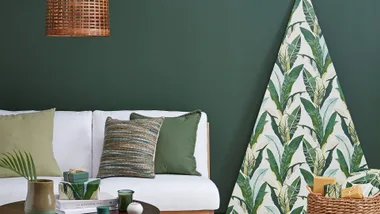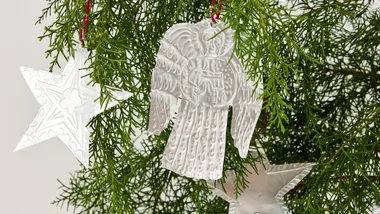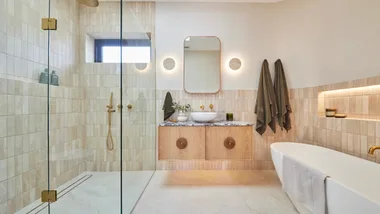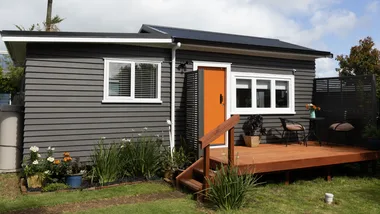Indoor plants add depth, colour and style to any room in your home. Here’s our top 10 easy-to-care-for plants that are perfect for a hanging display
Our top 10 indoor hanging plants that are hard to kill
Run out of floor space thanks to your ever-growing indoor plant collection? Guilty! Whether this is you or not, hanging your plants is not only a great way to save space but also an easy way to create an eye-catching display and add depth, colour and serenity to a room.
We could list 100 reasons why we love indoor plants, from their NASA-accredited air-purifying abilities to the way they instantly bring life to a space, but we won’t. Instead, we’ve listed our top ten varieties for hanging indoors or out.
1. Boston fern
Boston ferns are made to be hung and, thanks to their generous proportions, are perfect for creating a lush botanical display. They prefer moist soil, indirect sunlight and humid conditions, making them the perfect bathroom plant – just make sure it’s got plenty of light!
2. Devil’s ivy
This hearty creeper thrives indoors with little light and little water and can withstand varying temperatures so you can pretty much put them anywhere! Perfect for a hanging pot – the vibrant green leaves will grow rapidly into a lush green cascade.

3. Dichondra silver
Also known as ‘Silver Falls’ this trailing plant can be used as a ground cover but looks best cascading from a hanging basket. Dichondra Silver grows best outdoors in full sun but will work indoors in a nice sunny spot.
4. String of pearls
This odd-looking succulent gets its name comes from its pea-sized green foliage that has an uncanny resemblance to a beaded necklace. Thanks to its unusual appearance and it’s easy-to-care for nature, the String Of Pearls is becoming more and more popular in the home.
5. Burro’s tail
Another popular hanging succulent, Burro’s tail (also known as Donkey’s tail) provides an eye-catching textural display that gets better the longer it grows! Its basic requirements include good drainage, sunshine and protection from extremely cold temperatures; it really makes the perfect hanging houseplant.
6. Staghorn
Staghorns are air-plants, meaning they don’t need soil and will usually grow from a backing board (or a tree) so, depending on the size, you can hang these like you would a picture frame. Native to Australian rainforests, they love humidity, and will grow just about anywhere in filtered light with protection from winds and hot or cold blasts.
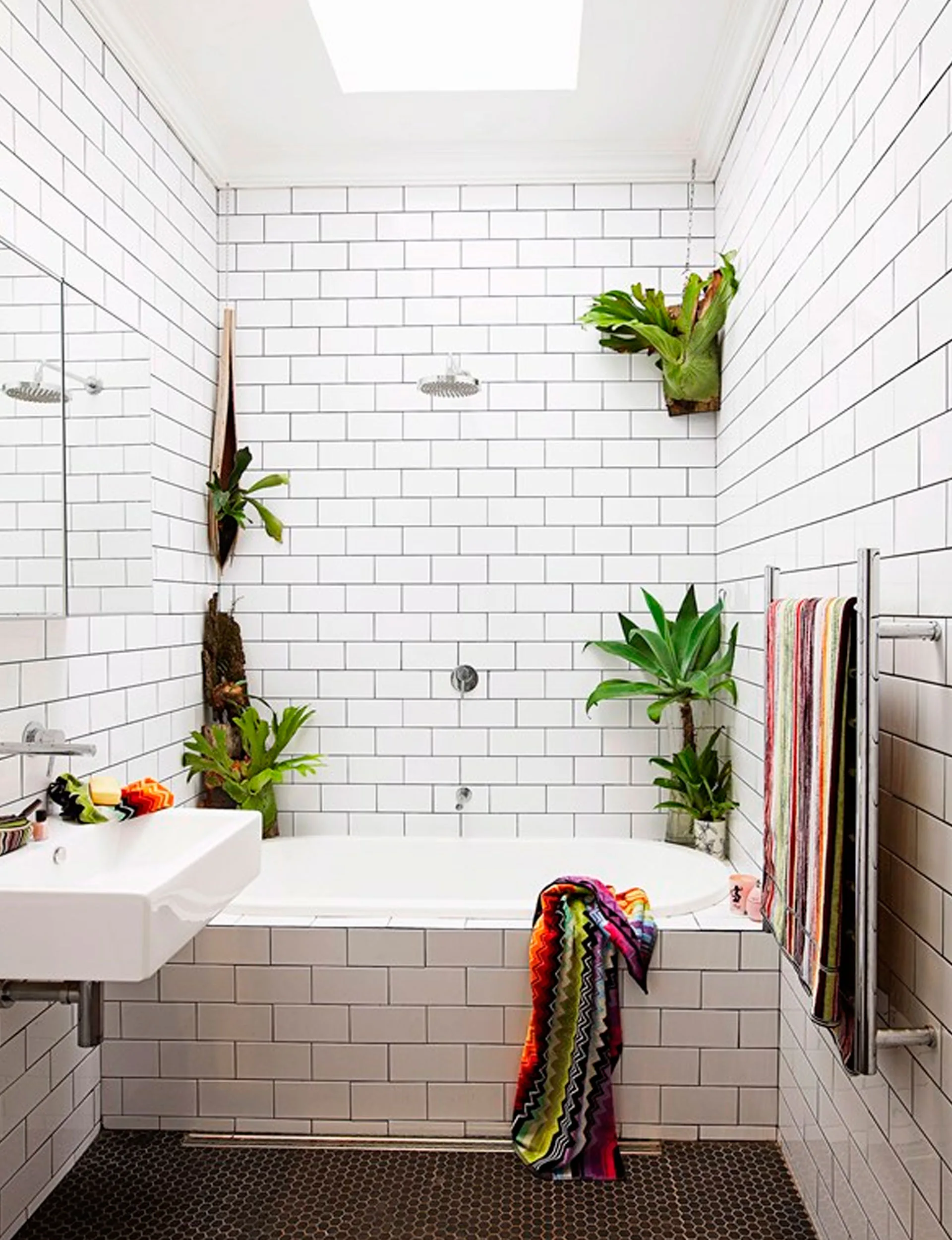
7. String of hearts
This sweet houseplant is considered to be a succulent vine and is loved for its trailing heart-studded vines. Popular in the 60’s and 70’s, this low-maintenance beauty continues to win hearts, as it can survive with very little care.
8. Kokedama
What is a kokedama you ask? Kokedama is a form of the Japanese art of bonsai. They are made by taking a plant out of a pot and forming it into a ball of soil, held together with string and moss. Some plants work better than others when grown like this, so check with your local florist or nursery about what would work best.
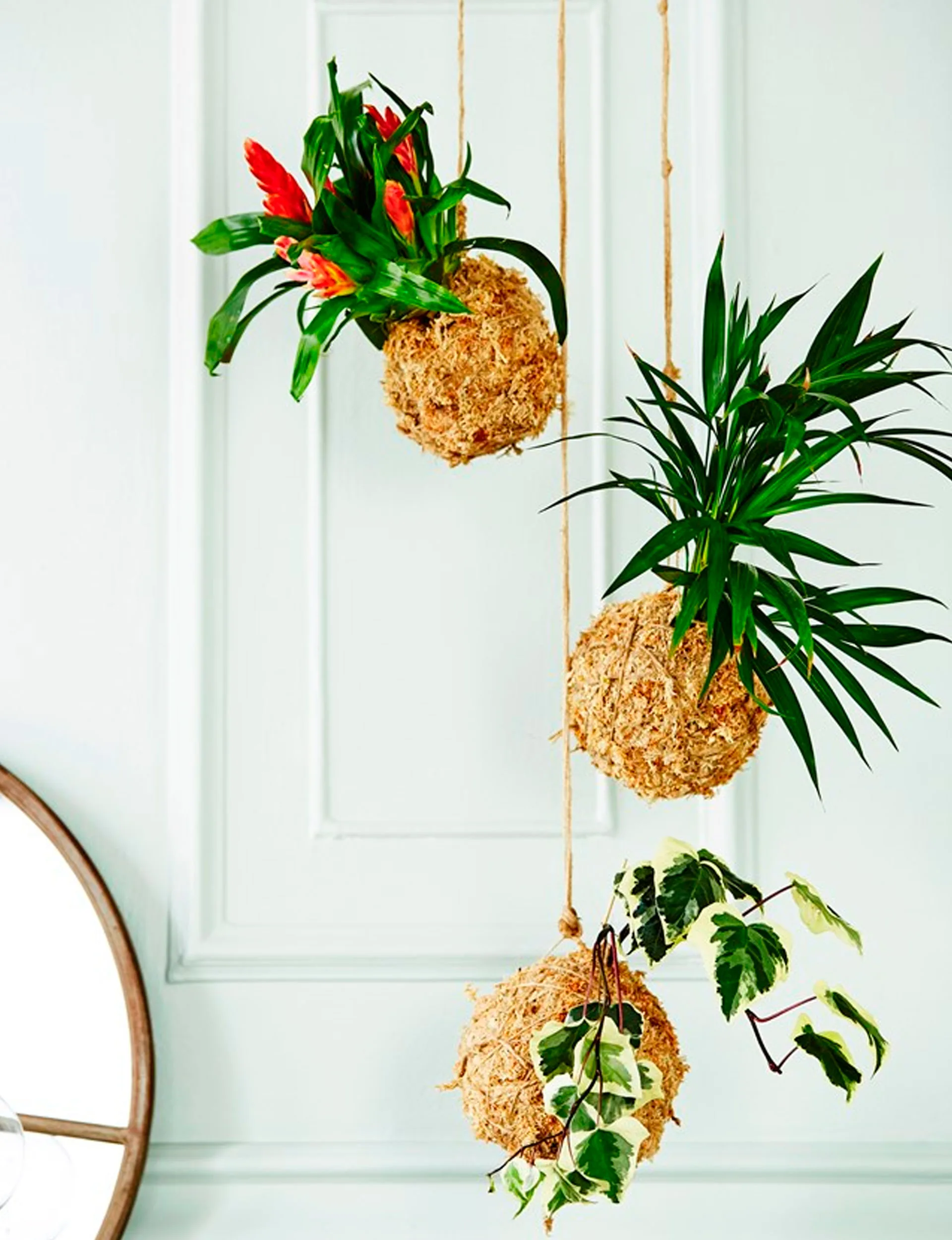
9. Fishbone cactus
Also known as Ric Rac, Zigzag and Fishbone orchid cactus, this stunning plant can grow virtually anywhere! Like most cactus, this one requires very little care and will grow wild in the right conditions. Growing this crazy cactus is easy, even for the so-called “black thumb” gardener.
10. Mistletoe cactus
The long seaweed-like vines of the Mistletoe Cactus make it the perfect hanging plant and a real conversation starter due to its unique appearance. This one grows in low to medium light but doesn’t need much sun to thrive. This indoor plant can survive under artificial lighting, too.
How to hang a plant
- To hang plants indoors you will require a hook anchored into your ceiling that is capable of withstanding the weight of your plant. Most plants are fairly lightweight, so you can usually get away with a self-driving plasterboard anchor and a threaded hook.
- If you’re renting try hanging your plants from a curtain rod or cupboard corner and always remember to attach a drip tray or water your plants outside to prevent water leakage.
[related_articles post1=”68482″ post2=”68037″]
This article originally appeared on Homes to Love Australia



